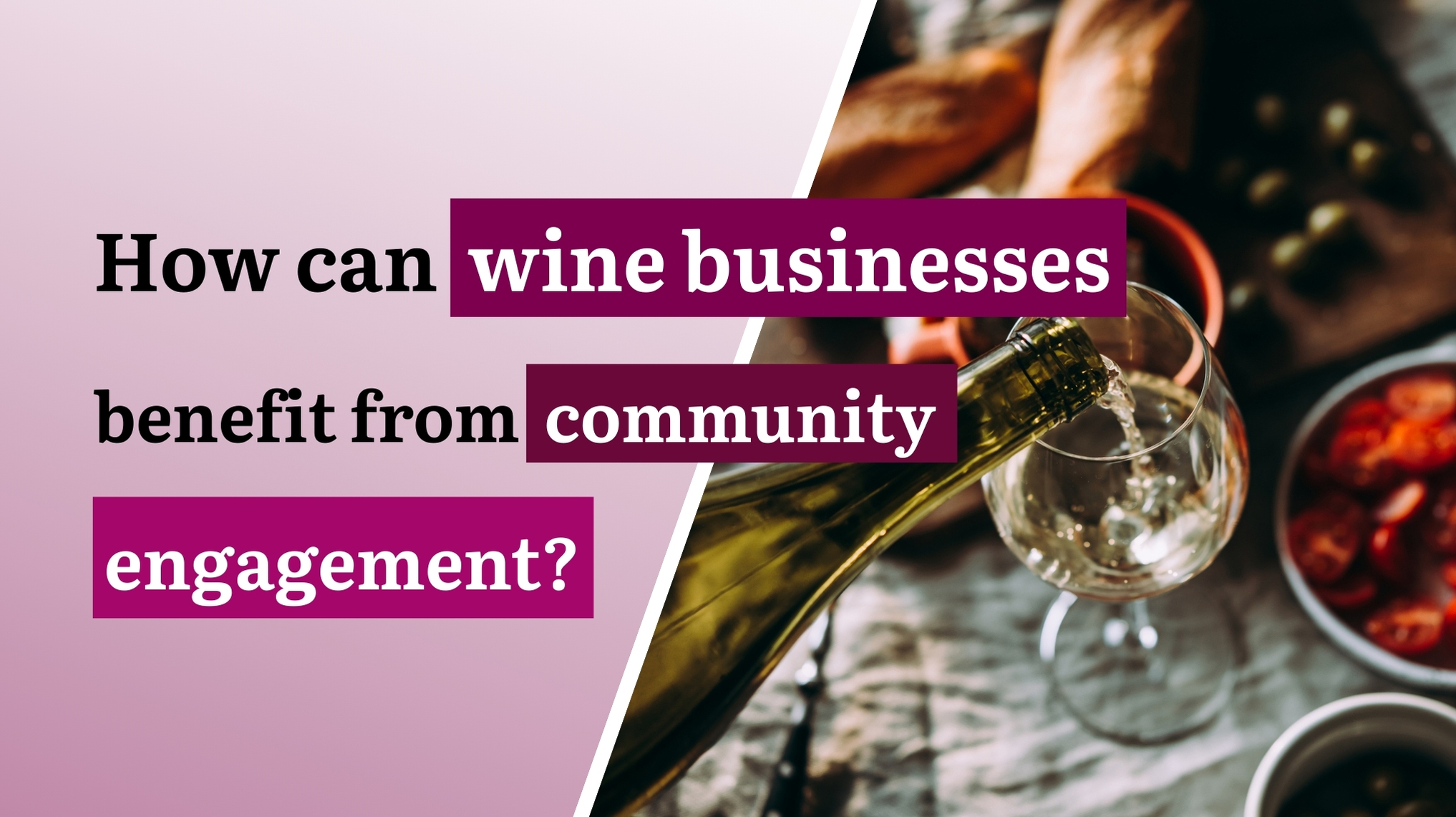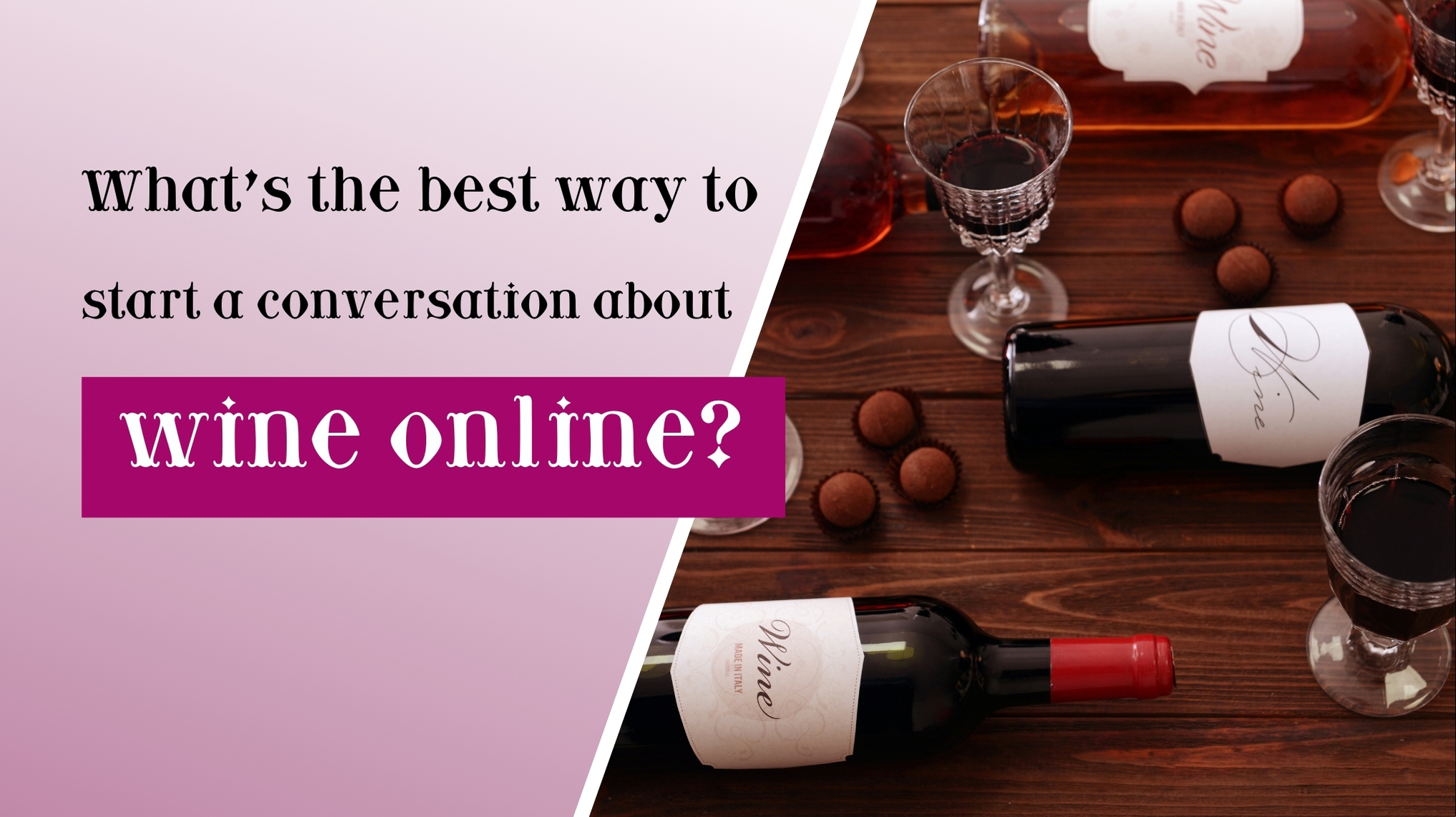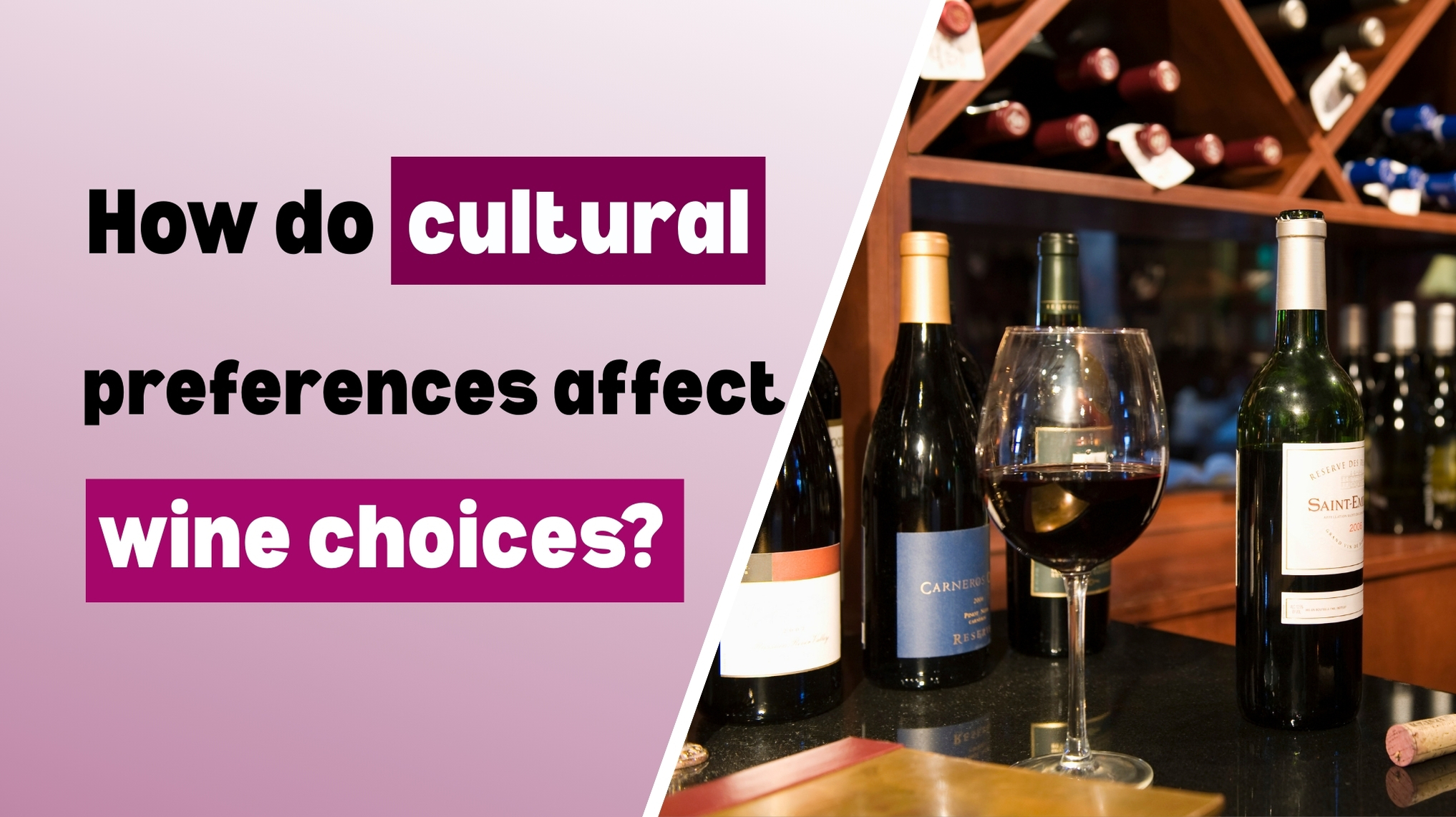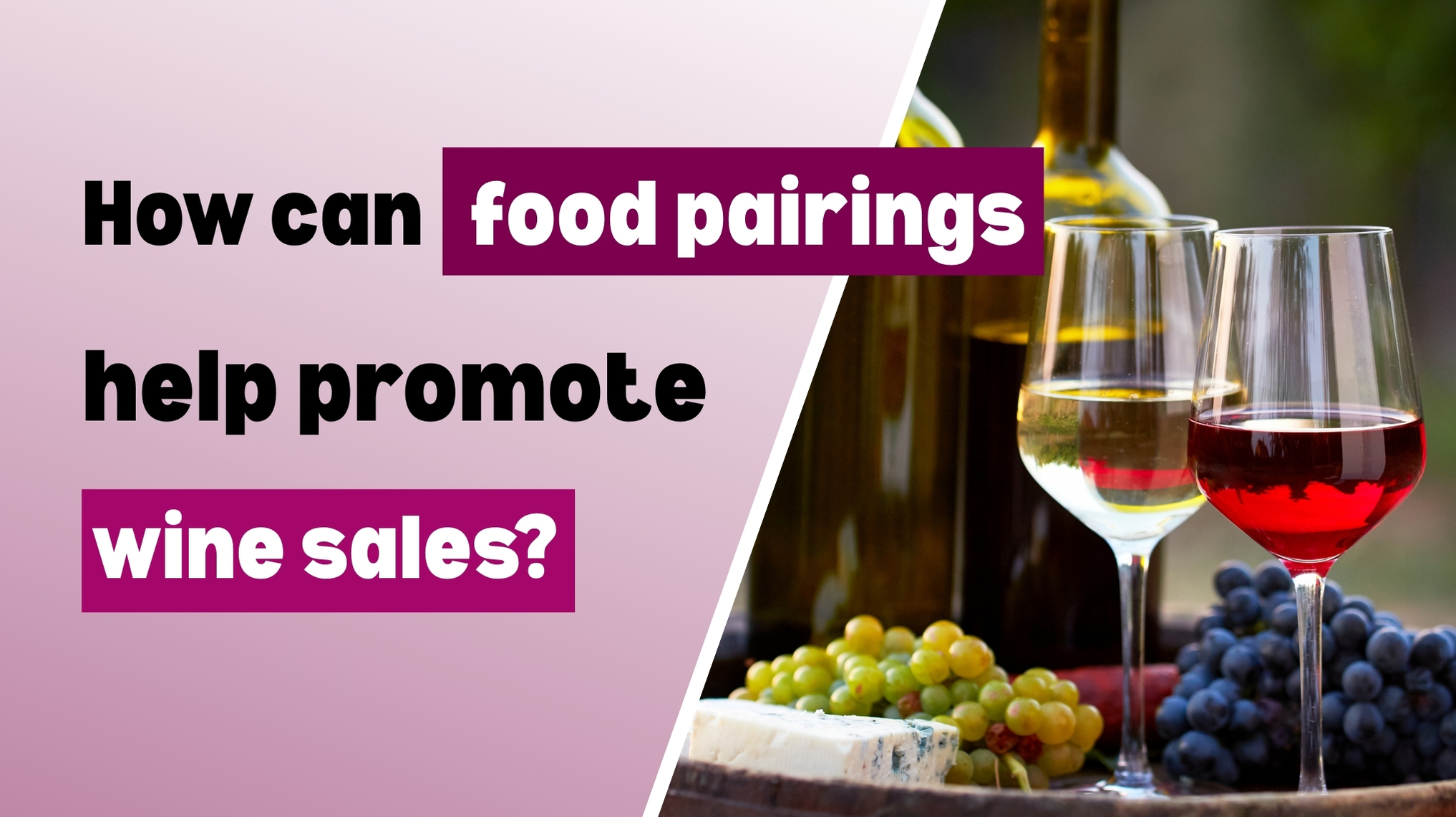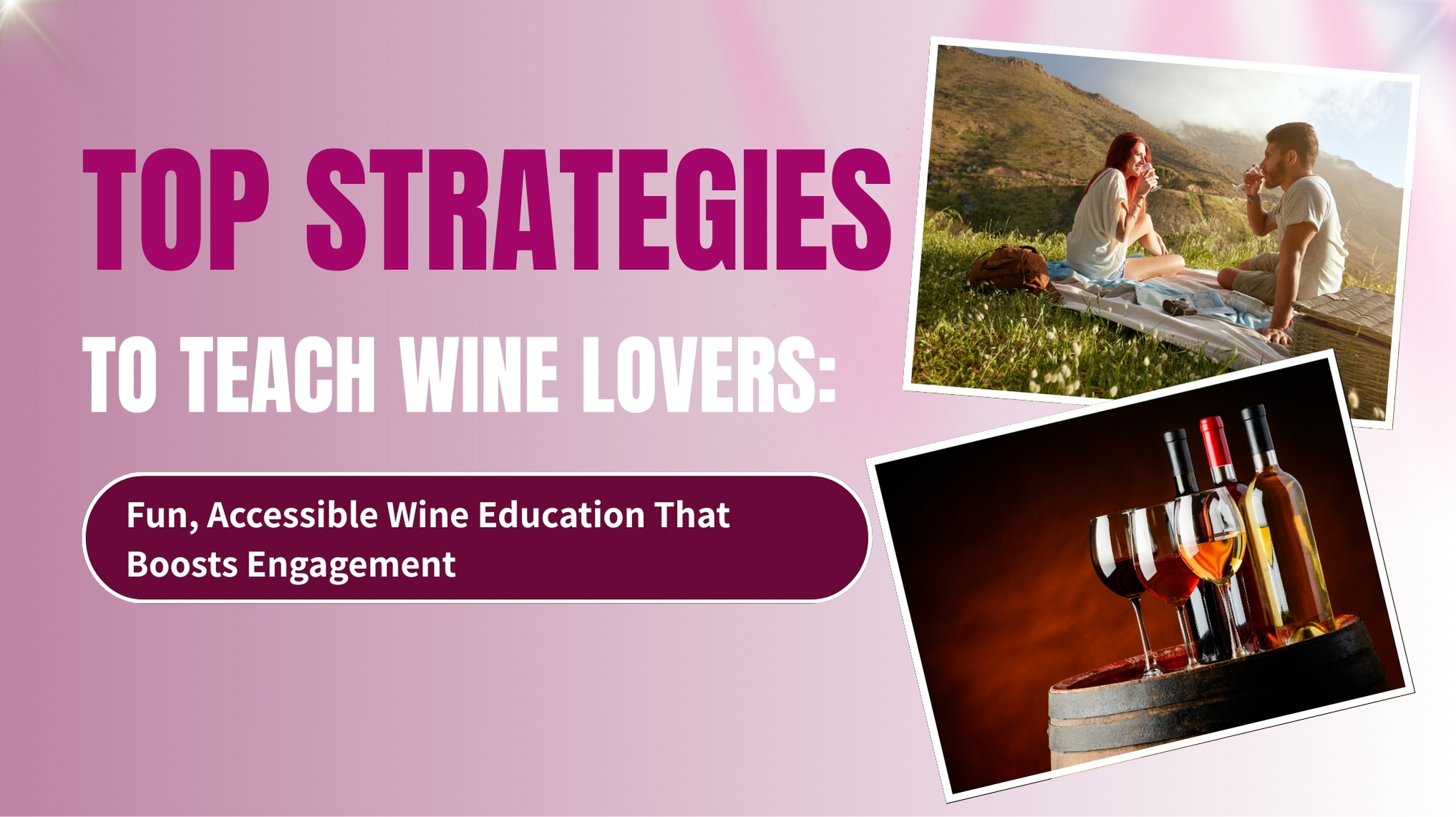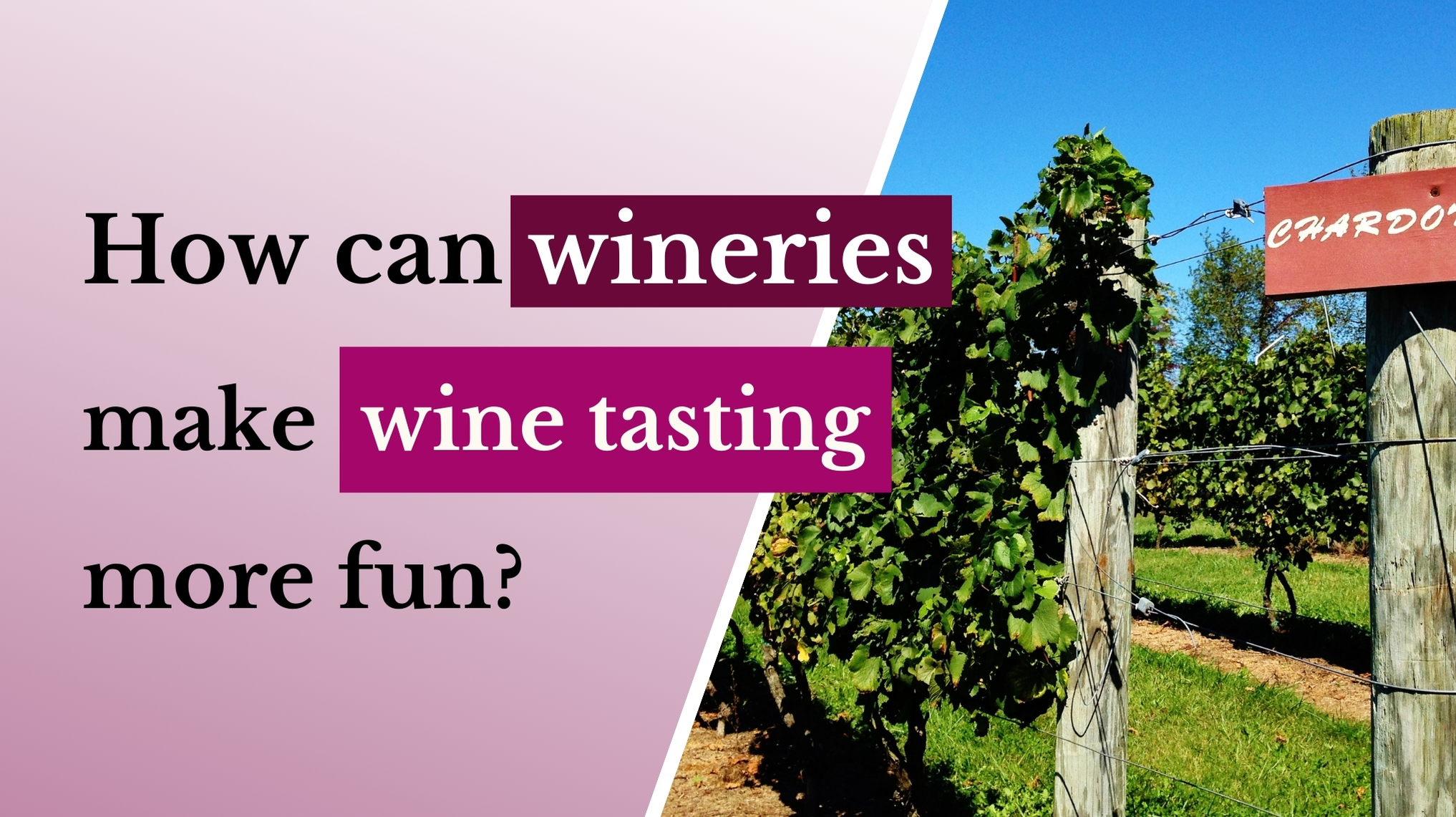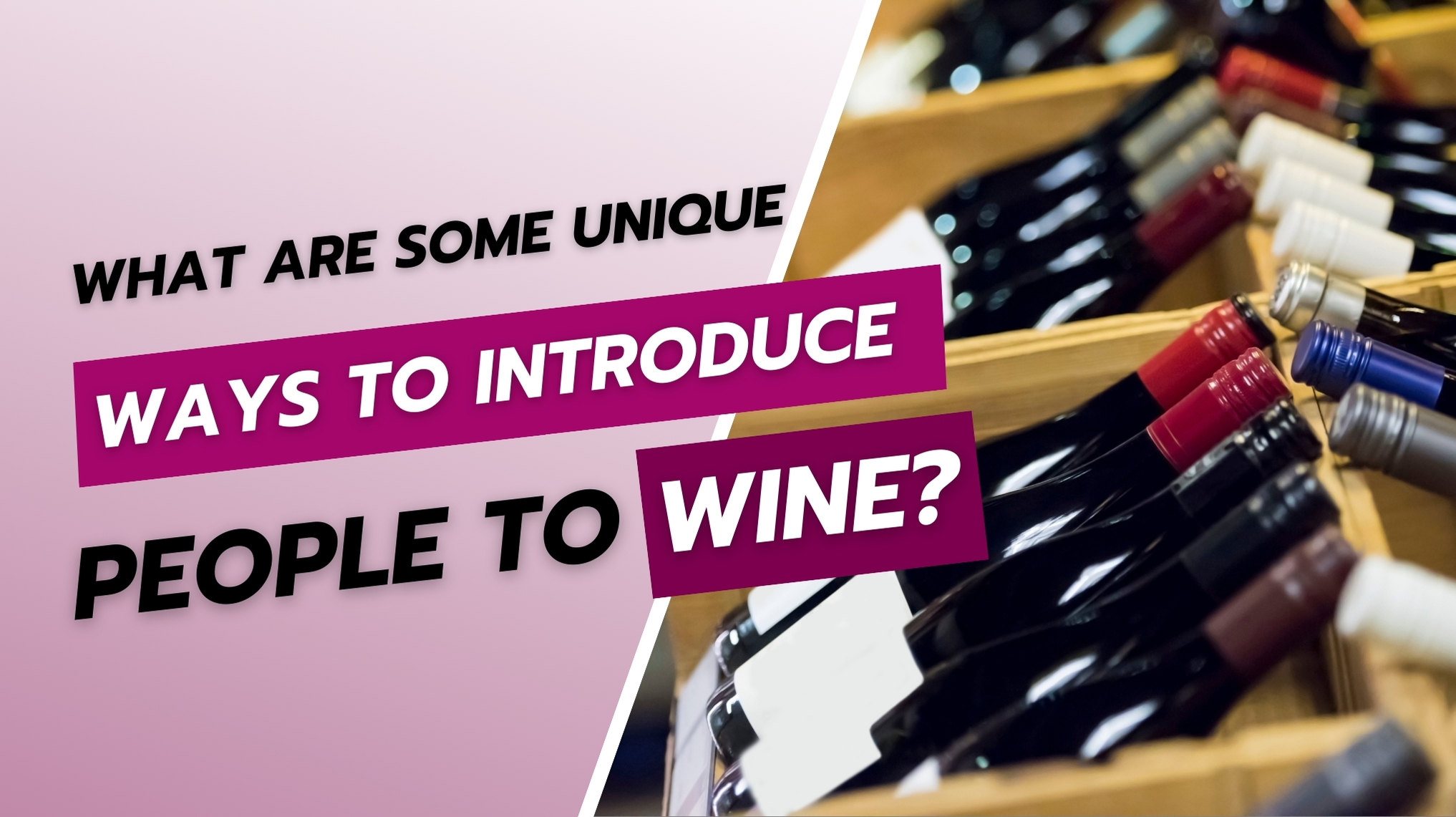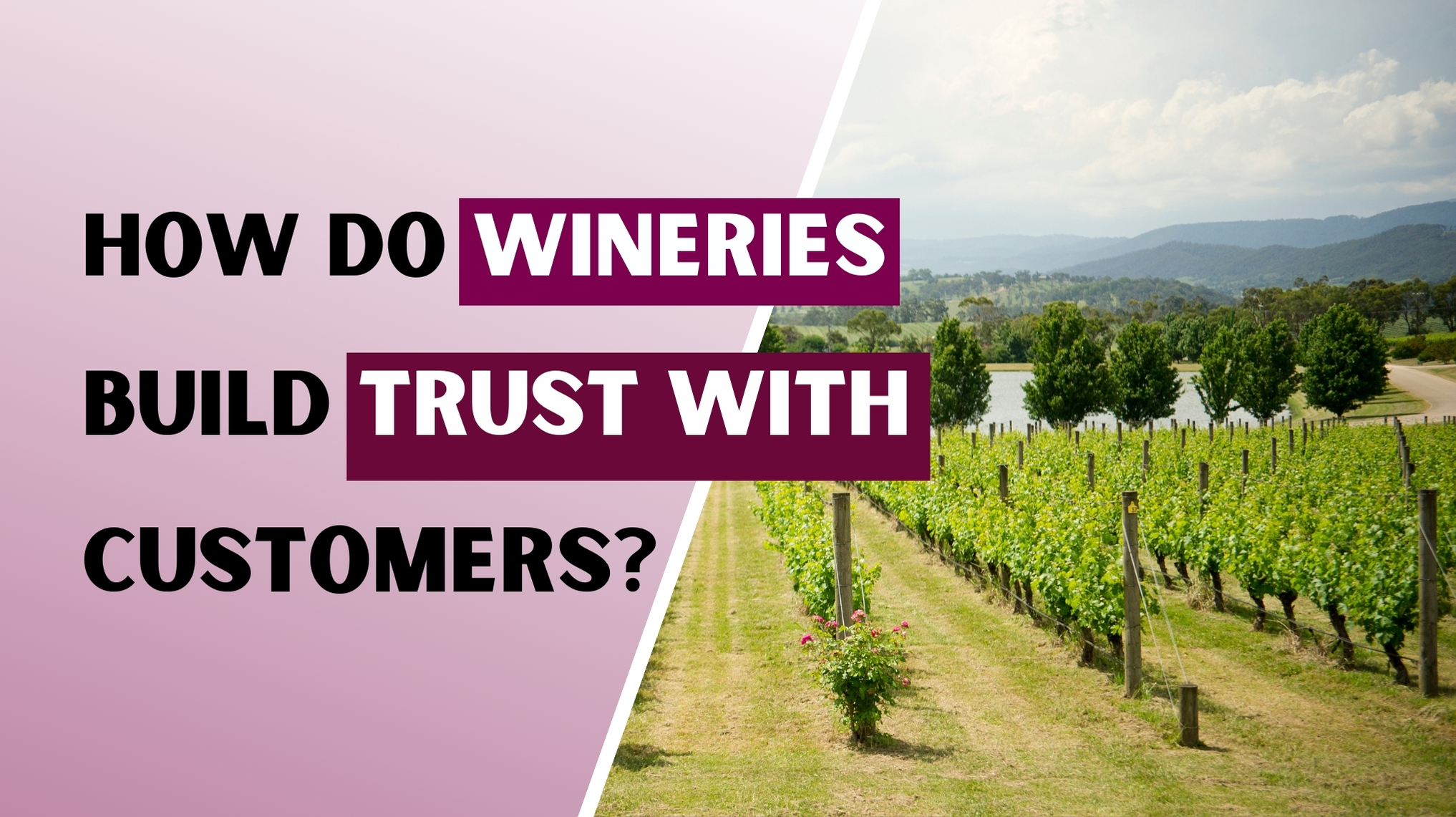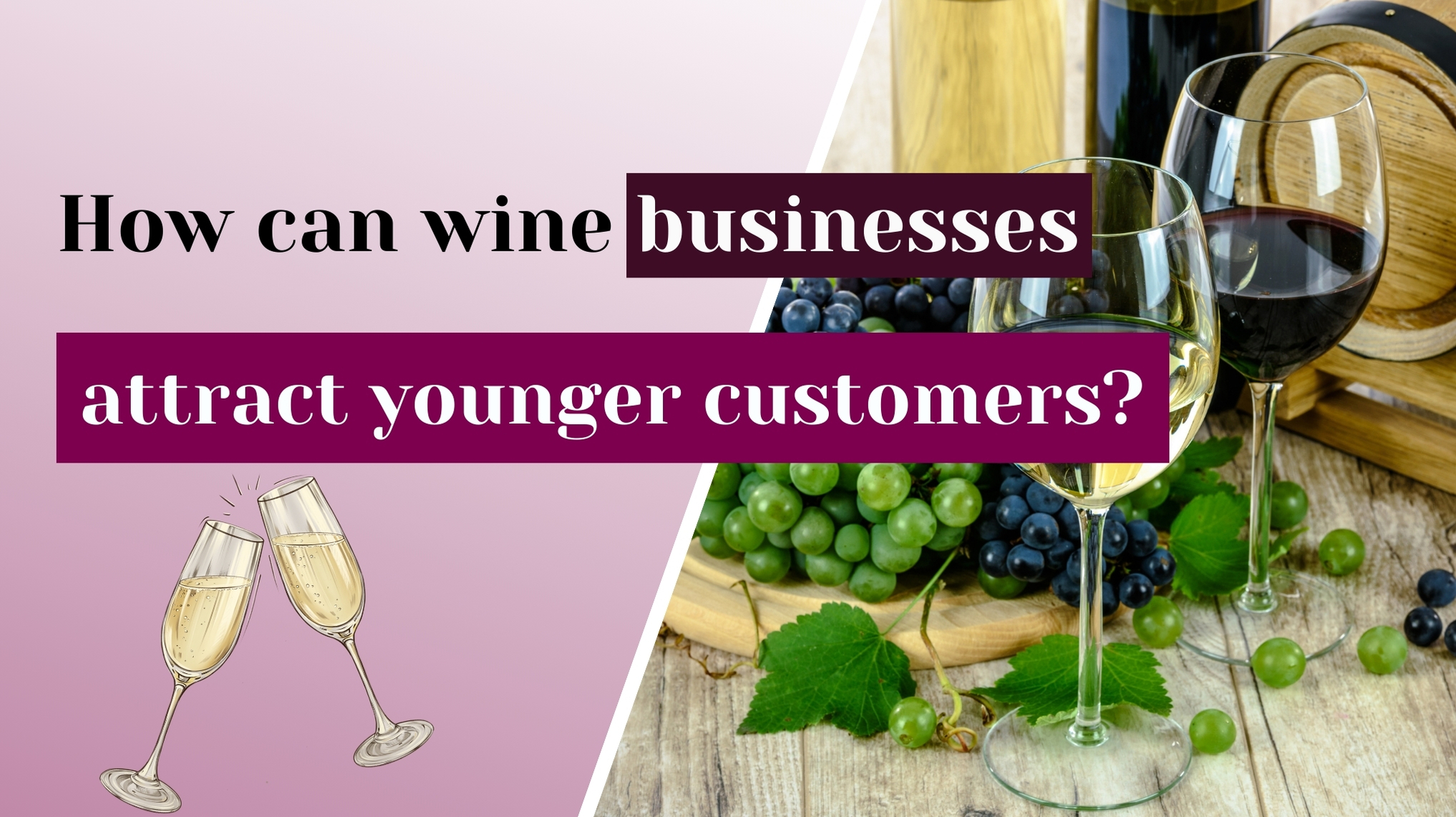How to Educate People About Wine: Simple and Effective Strategies
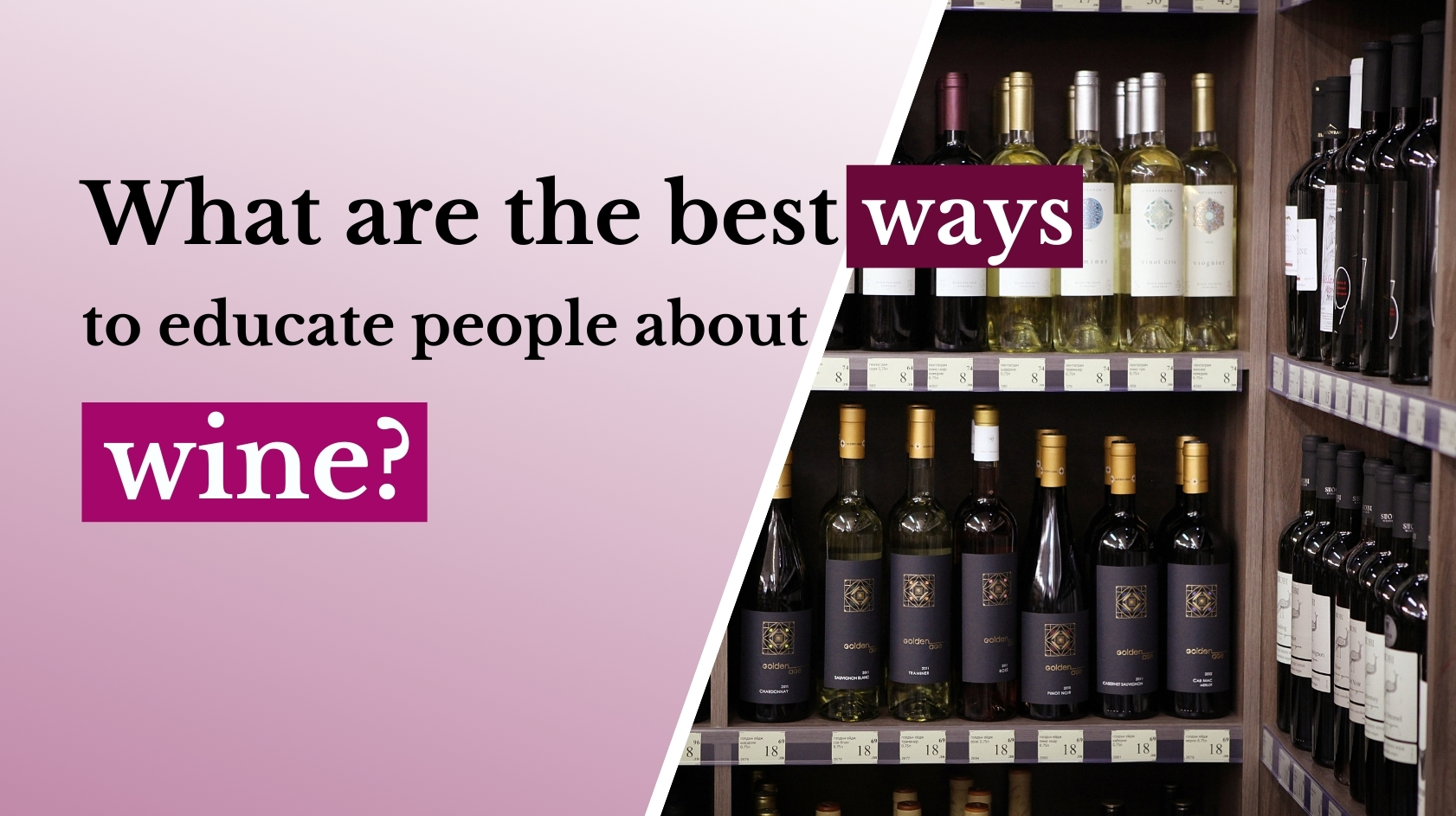
How to Educate People About Wine: Simple and Effective Strategies
Educating people about wine is both a rewarding and necessary part of growing a wine culture. Whether you are a winery owner, sommelier, hospitality professional, or just a wine enthusiast, sharing your knowledge can help others appreciate and understand wine on a deeper level. In today’s evolving wine industry, there are many ways to make wine education easy, fun, and accessible to everyone. This article explains the most effective strategies to teach people about wine in a way that is engaging, simple, and memorable.
Host Engaging Wine Tasting Events
One of the best ways to teach others about wine is through tasting events. These events let people experience wine using all their senses—smell, taste, sight, and touch. You can organize themed sessions that focus on grape varieties, regions, or wine styles. During tastings, ask participants to describe what they smell and taste. Providing tasting sheets or flavor wheels helps guide them and encourages active participation. These sessions not only teach but also help build strong connections with your audience and strengthen brand loyalty.
Use Online Wine Courses for Broader Reach
The internet has made learning about wine much easier. There are free resources available that offer clear and friendly guidance for beginners. Platforms like Wine Folly provide helpful charts, infographics, and beginner guides. For those who want more structured learning, professional organizations such as the Wine & Spirit Education Trust (WSET) offer courses at different levels. Many of these programs can be taken online, making it easy to study at your own pace. Online discussions and virtual tastings also make it possible to interact with others and ask questions in real-time.
Integrate Wine Education into the Hospitality Industry
Restaurants, hotels, and bars are perfect places to introduce people to wine. Training your staff is the first step. When servers understand the wines they offer, they can confidently make recommendations. This improves the dining experience and helps customers make informed choices. Another helpful method is to include wine descriptions and food pairings on the menu. Some venues even offer small table-side tastings, which give guests the chance to try something new before committing to a full glass or bottle.
Use Visual Aids and Infographics to Make Wine Simple
Visual tools can make complex wine information easier to understand. Charts showing wine regions, grape varieties, and common aromas can help people learn quickly. Serving guides can teach proper glassware, pouring amounts, and ideal temperatures. These visuals can be displayed in tasting rooms, classrooms, or shared through websites and social media. They are especially useful for people who learn better by seeing rather than just listening or reading.
Offer Wine and Food Pairing Workshops
Learning how wine and food work together enhances overall appreciation. These workshops give people a chance to see how different flavors interact. You can organize sessions where guests try wines with different dishes and make their own notes. Creating meals based on a specific wine region adds cultural value and deepens the learning experience. Working with chefs to host wine dinners also adds professionalism and fun. These events are perfect for groups, businesses, or wine clubs.
Create Easy-to-Understand Educational Content
Producing simple and helpful content is a great way to reach more people. You can write blog posts about wine basics, share industry news, or post tips on how to choose wine. Short videos showing how to taste wine, how grapes are harvested, or how to store wine properly can be very informative. Webinars offer a live learning experience where people can ask questions and get answers. On social media, you can share quick facts, polls, and behind-the-scenes clips to keep your audience interested and informed.
Encourage Visits to Vineyards and Wineries
Visiting a vineyard or winery is one of the most powerful ways to learn about wine. Seeing the vineyards, tasting freshly made wines, and meeting the winemakers can create a personal connection that deepens appreciation. Guided tours can explain the steps from vine to bottle in an easy-to-follow way. During harvest season, inviting people to help pick grapes or participate in winemaking can be both educational and fun. Adding educational signs around the property helps self-guided visitors learn even when staff is not available.
Partner with Schools and Universities for Broader Education
Educational institutions offer great opportunities to teach wine to future professionals. You can give guest lectures in hospitality or culinary programs to share your industry experience. Offering internships lets students get hands-on learning at your winery or vineyard. Supporting research projects related to wine and winemaking can also improve your practices while helping students grow their knowledge. These partnerships help develop the next generation of wine experts and passionate enthusiasts.
Host Public Events and Community Wine Festivals
Bringing wine education into public spaces makes it more accessible to everyone. Wine fairs and local festivals give people the chance to try different wines and learn directly from producers. Adding short talks, games, or hands-on activities such as identifying aromas or learning to open a bottle correctly can make the experience more engaging. These events promote a fun and open learning environment and help remove the idea that wine is only for experts.
Give Personalized Wine Recommendations
Not everyone starts their wine journey at the same place. Offering personalized advice helps people feel more confident and curious. You can start by asking about their taste preferences and recommending wines based on that. A guided progression—from simple, familiar wines to more complex ones—can help people expand their palate over time. Encouraging customers to share feedback and experiences also helps you refine your suggestions. This approach builds trust and encourages long-term engagement with your brand

